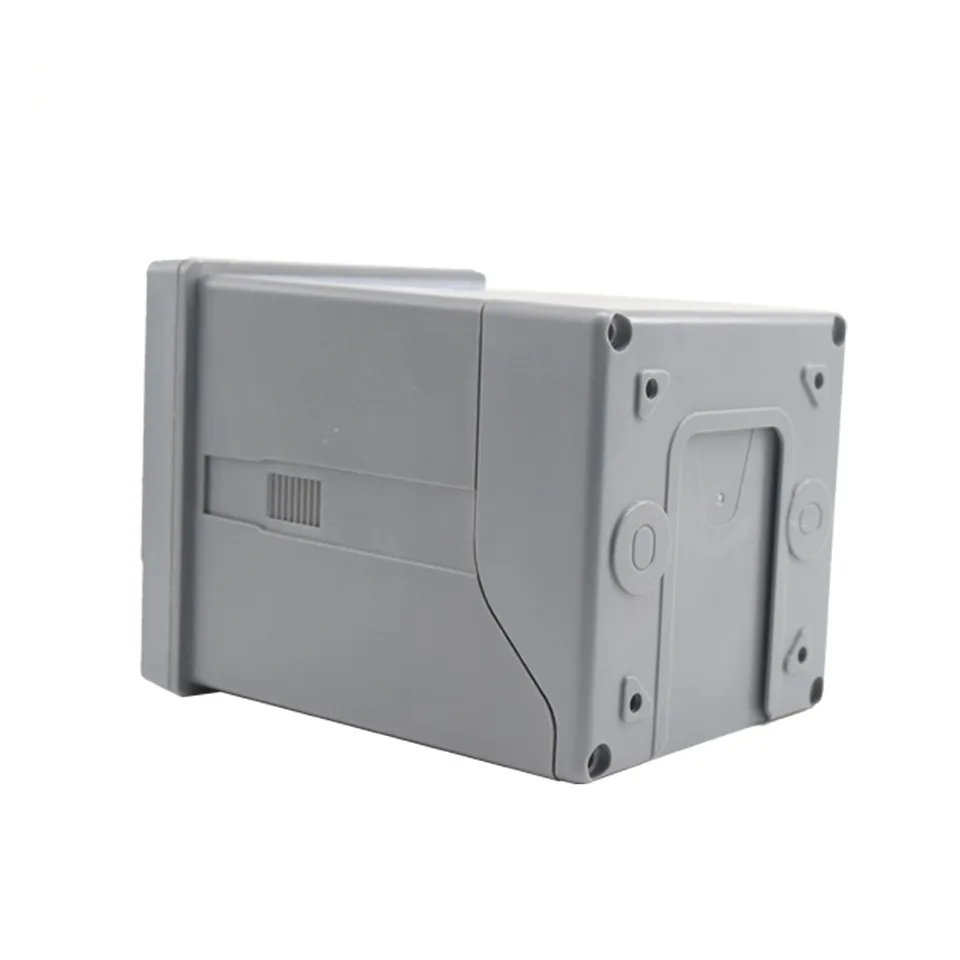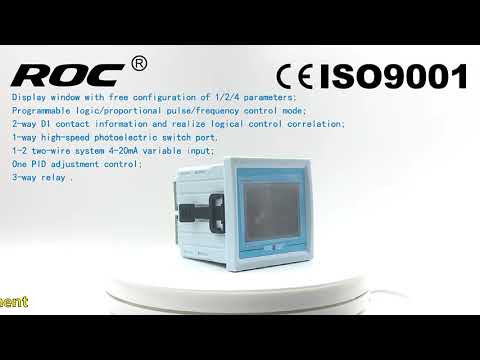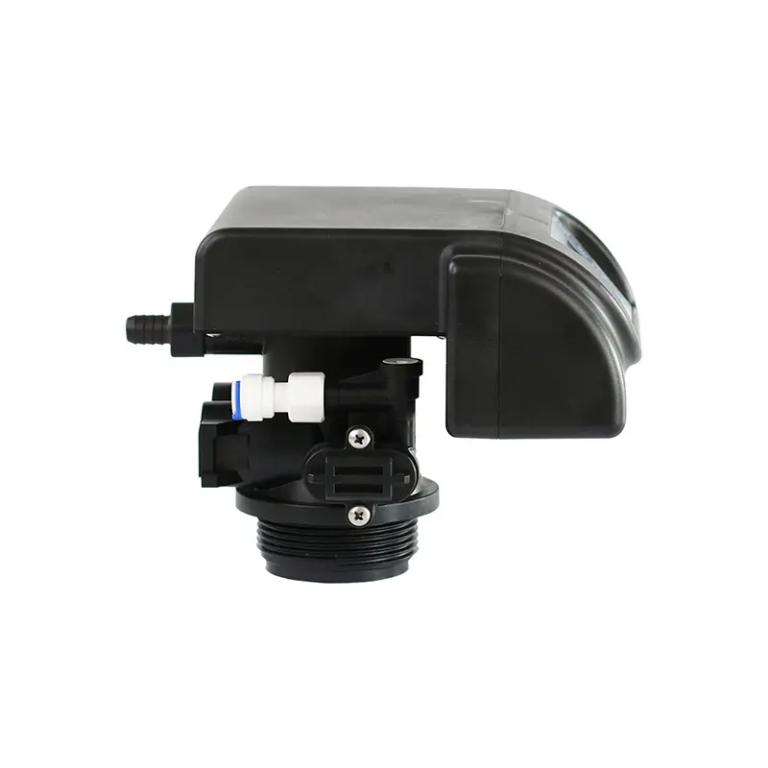قياس المقاومة بدقة.
فهم أجهزة قياس المقاومة: دليل شامل
لضمان دقة القياسات، من الضروري معايرة أجهزة قياس المقاومة بانتظام واتباع إجراءات الاختبار المناسبة. تتضمن المعايرة مقارنة قراءات مقياس المقاومة مع المعايير المعروفة أو المواد المرجعية للتحقق من دقتها. تتضمن إجراءات الاختبار الصحيحة التأكد من أن المسبار أو المستشعر في حالة جيدة، وأن المادة التي يتم اختبارها نظيفة وخالية من الملوثات، وأن دائرة القياس تعمل بشكل صحيح.
في الختام، تعد أجهزة قياس المقاومة أدوات قيمة لقياس المقاومة. المواد وتقييم خواصها الكهربائية. من خلال فهم كيفية عمل أجهزة قياس المقاومة وتطبيقاتها والعوامل التي يمكن أن تؤثر على أدائها، يمكن للمستخدمين اتخاذ قرارات مستنيرة والحصول على بيانات موثوقة. سواء في التصنيع أو المراقبة البيئية أو المسوحات الجيولوجية، تلعب أجهزة قياس المقاومة دورًا حاسمًا في ضمان جودة المواد وسلامتها ودقة القياسات.

To ensure accurate measurements, it is essential to calibrate resistivity meters regularly and to follow proper testing procedures. Calibration involves comparing the readings of the resistivity meter with known standards or reference materials to verify its accuracy. Proper testing procedures involve ensuring that the probe or sensor is in good condition, that the material being tested is clean and free of contaminants, and that the measurement circuit is functioning correctly.
In conclusion, resistivity meters are valuable tools for measuring the resistivity of materials and assessing their electrical properties. By understanding how resistivity meters work, their applications, and the factors that can affect their performance, users can make informed decisions and obtain reliable data. Whether in manufacturing, environmental monitoring, or geological surveys, resistivity meters play a crucial role in ensuring the quality and integrity of materials and the accuracy of measurements.







